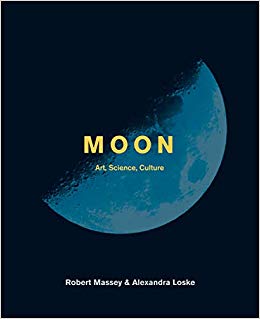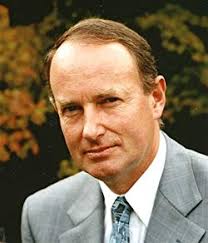
David Baker has been involved with the USA since childhood. First attending a US school in England and then studying in the US under a scholarship program sponsored by Senator Clinton P Anderson. He returned to the USA and worked for NASA on various programs from Gemini to the SpaceShuttle. After leaving
(Note – following questions on the veracity of his Phd, David Baker resigned from the BIS as the editor of Spaceflight on 25th March 2021.)
Today he is the editor of the British Interplanetary Society’s monthly journal – Spaceflight and a prolific author of space books. Some of the topics we spoke about include
- Early interest in space and astronomy stimulated by milestones such as breaking of the sound barrier, Sputnik and Gagarin’s flight.
Completed hisPhD in Earth and Planetaryphysics . - Worked for Nasa between 1965 and 1984. Mainly in the mission
Setup a consultancy in 1984 to bring US launch and satellites services to the wider international community. - Setup a consultancy in 1984 to bring US launch and satellites services to the wider international community
- Delayed the launch of STS-41B in February 1984 carrying payloads for Indonesia and Western Union but problems with the payload Assist Modules did not meet the insurance certification requirements.
- Was involved in the purchase by India its 4 INSAT satellites (INSAT 1A-1D) from Ford Aerospace in the USA.
- Published over 110 books and more in the pipeline to mark the 50th anniversary of Apollo 11.
Podcast: Play in new window | Download (Duration: 52:44 — 55.9MB) | Embed
Subscribe: Apple Podcasts | Spotify | RSS | More


